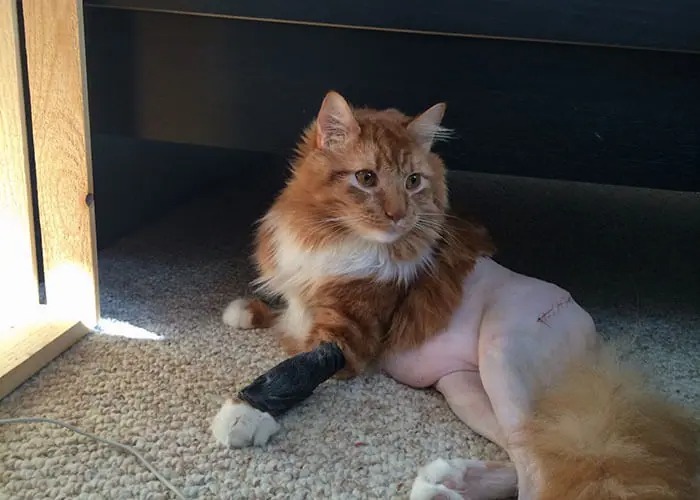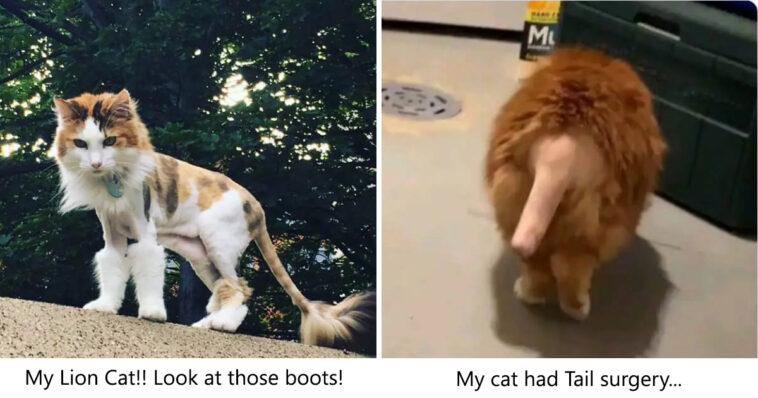All cats should have a veterinary exam at least once a year, but some cats require more frequent exams and most cats may require at least one surgery in their lifetime. For many cats, going to the vet can be a stressful experience. Essentially, cats are independent and territorial, they need to control their environment, and they are sensitive to different smells, all of which can make you and your cat feel stressed. But hold on, this post may give you both laughter and knowledge about cats going to the vet.
Lately, a Twitter user Ash shared a photo of a friend’s cat, she may not have thought it would be viral. but the black cat with shaved front paws (like a short trousers) had been cracking the Internet up. Ash’s tweets went viral on Twitter, and as of this article, the cat received more than 470k likes.
The best part was the replies from her tweet. Other owners who had cats in similar situations also began to respond with their photos. From taking off your pants to revealing a deformed belly, most shots are not flattering enough. There’s a hunch of our gut feelings that the cat is already brewing a revenge plan to retaliate against those who spread their photos. Let’s take a look of 30 hilarious pics below and ask your kitty for rating their fellas!
(h/t: Bored Panda)
#1
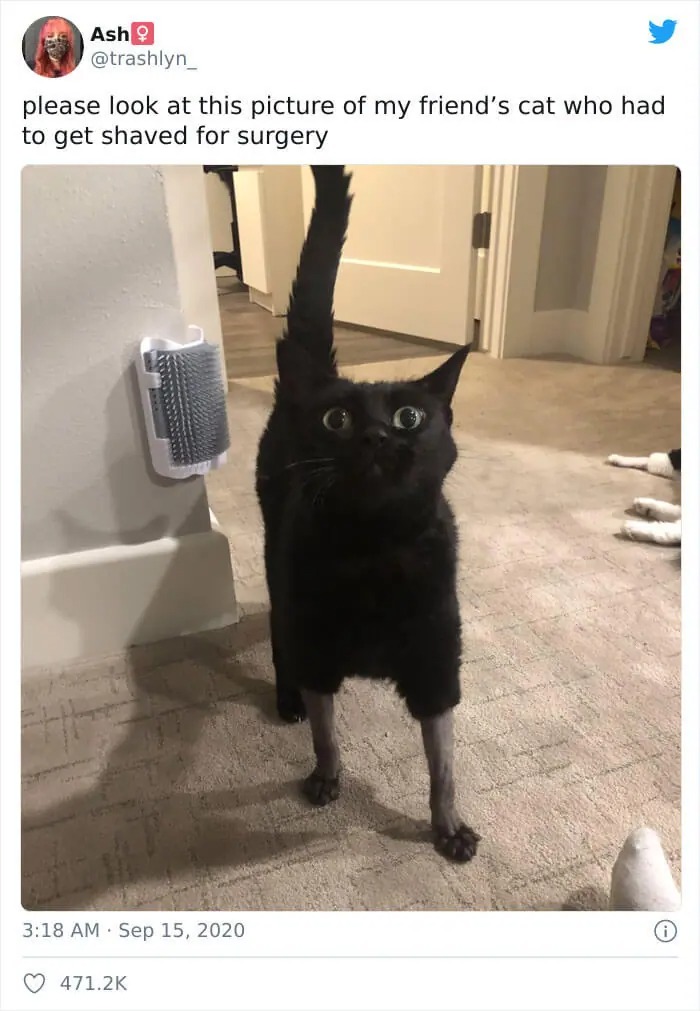
According to certified cat behavior and training consultant Dr. Marci Koski, cats hate going to the vet for several reasons although there are some exceptional situations. “First off, cats are creatures of habit, and they have typically not been trained to enjoy car rides or going to new places.”
“Cats are used to hanging out in their home or on their property (if allowed outside), and when they are snatched out of their familiar environment, shoved into a box, loaded into a car, bounced around, then brought into a vet office with lots of new smells and sounds of dogs barking and cats meowing, their fear and anxiety level skyrockets.”
#2

To reduce the pressure of going to the vet, Natalie Cady, Bishop of Cat Behavior Solved, recommends first letting small animals adjust to their carrier.
“You can do this by keeping the carrier out in the main area of your house.”
“Many owners keep the carrier in the garage and only bring it out when they have to try to put their cat in it to take them somewhere. The cat then associates the carrier with scary experiences. Keep the carrier open (and if the top opens, keep that opened as well).”
Also put your cat’s bedding into the carrier because the odor is very important to this animal. You can also put their favorite toys and catnip inside. If your cat likes to play in his carrier and even take a nap, give him a treat. Day by day, from time to time, you can close the carrier door and don’t forget to give them more treats!
#3
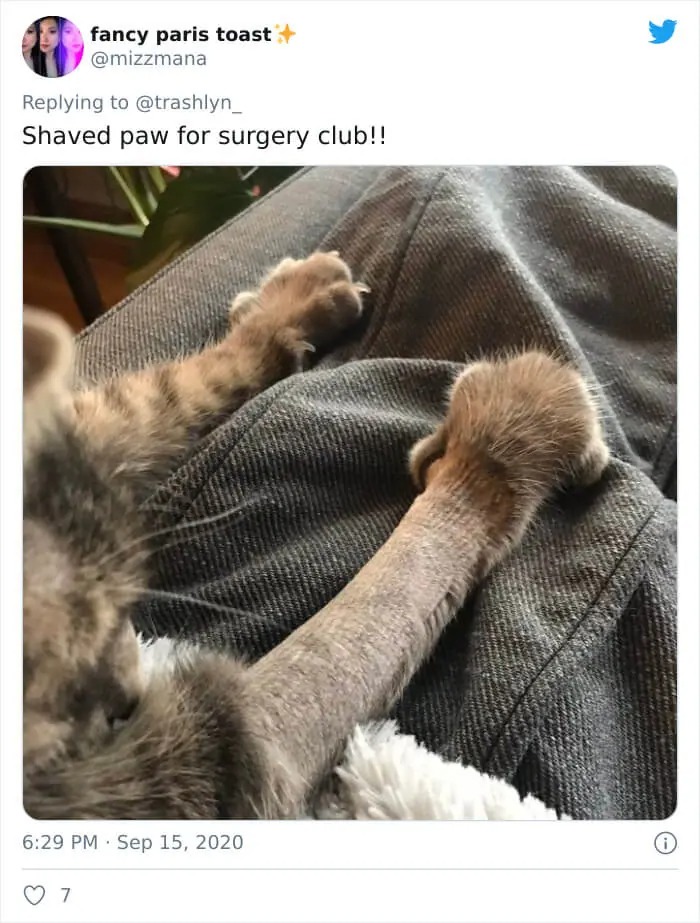
“When the cat is used to that, try taking her out to the car and going around the block – teach her that not all car rides end at the vet’s office!” Dr. Koski added. “When you’re in the car, Feliway spray (sprayed on a blanket in the carrier) can really help, as can soft music. Make sure the temperature of the car is comfortable before putting your cat in, too.”
If your pet has signs of the fear or stress, take a step back and go even slower at their pace.
“Finally, there are many cat-only veterinary clinics; there may be some in your area,” Dr. Koski pointed out. “These vets know how to create a calm and soothing waiting area (no barking dogs!), and know how to gently handle cats. Bring the surface and treats that you’ve previously used at home with your cat’s treatment station, and your cat will have a sense of familiarity about the process and the environment since there will be familiar smells, tastes, and textures. Many veterinarians are also Fear Free certified!”
#4
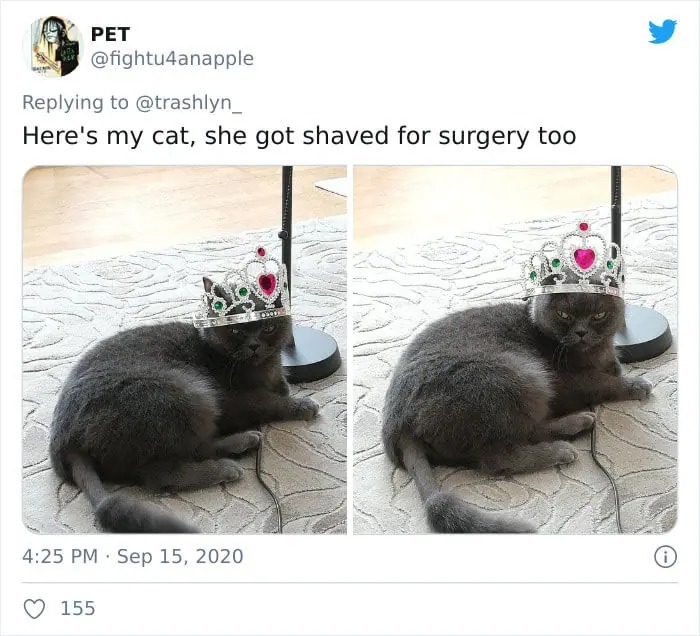
#5
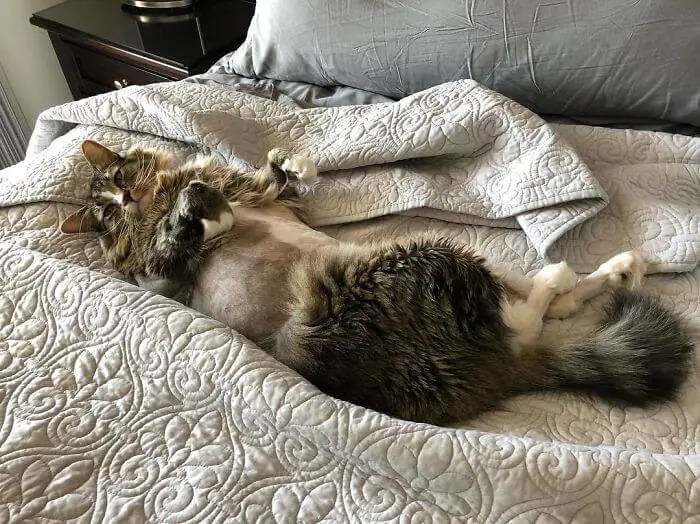
#6
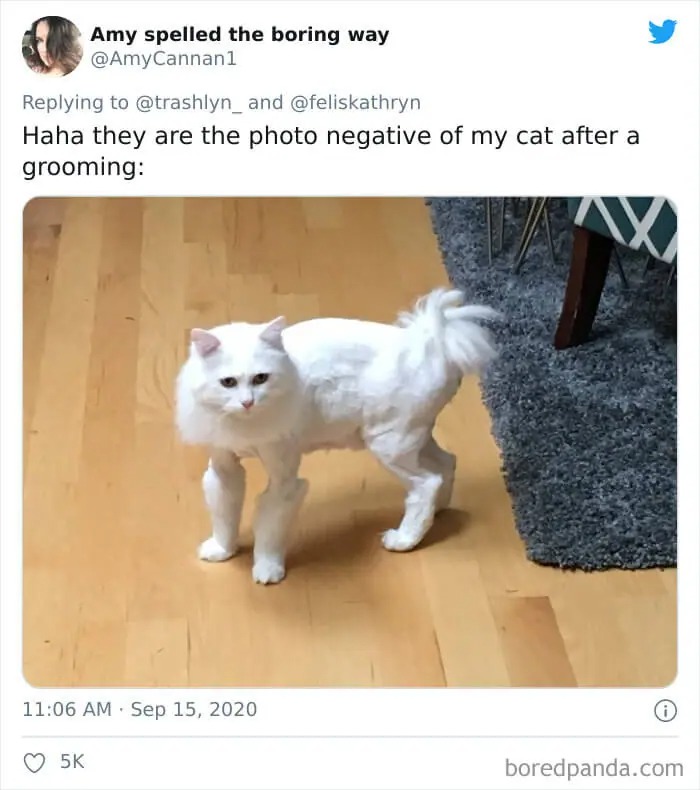
#7

#8
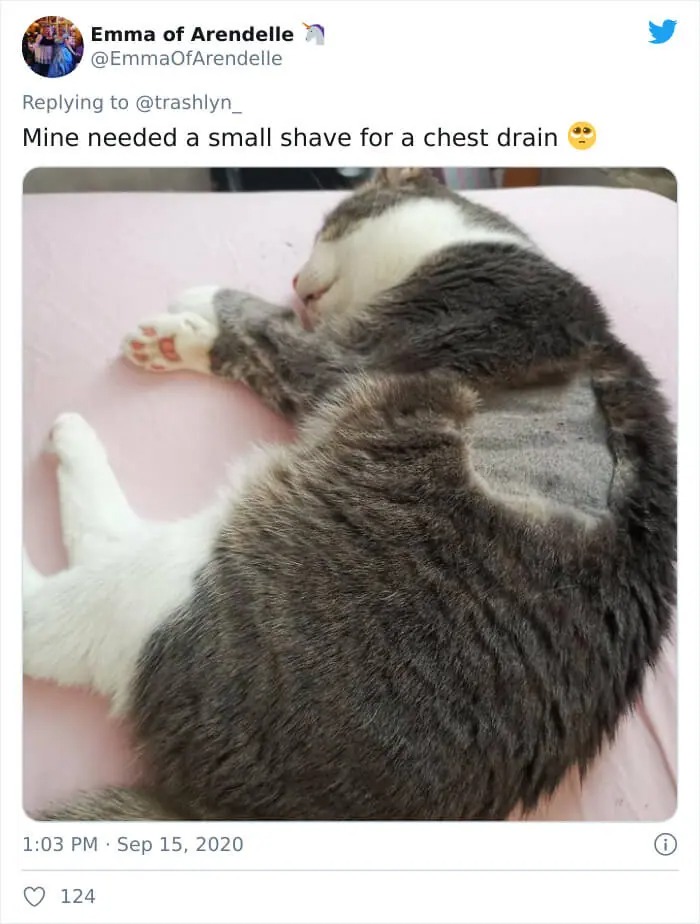
#9
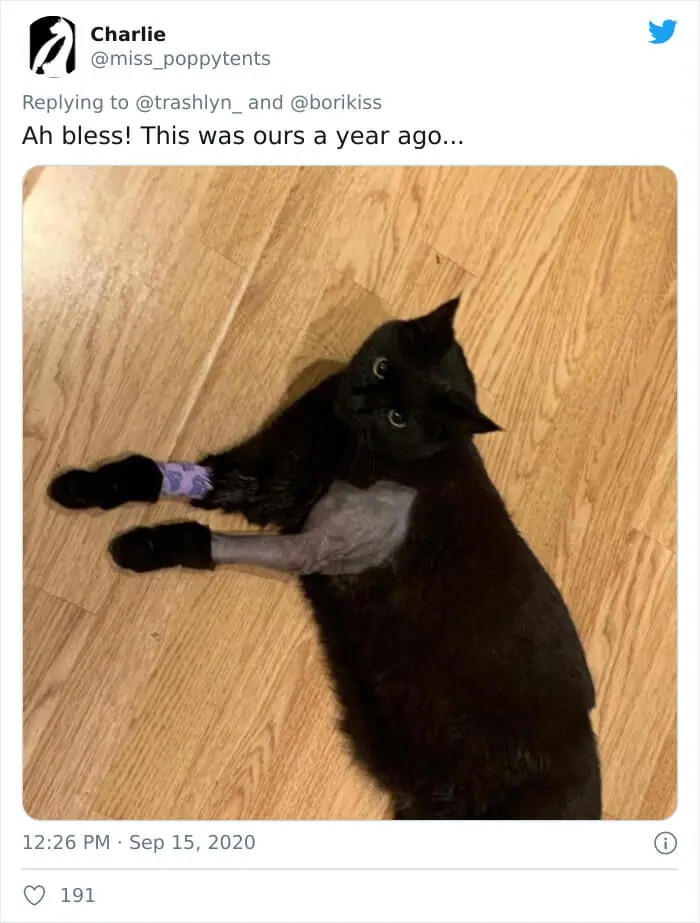
#10
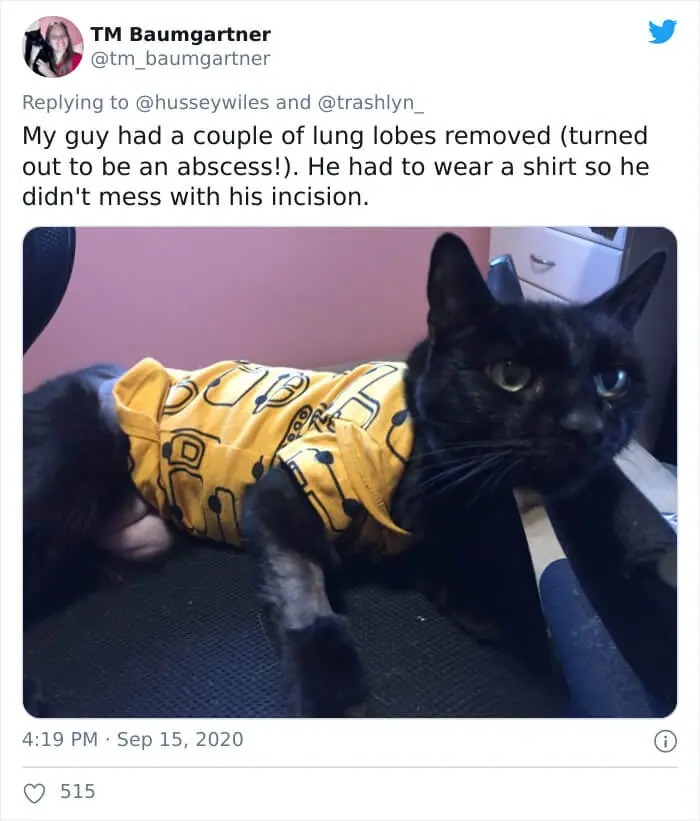
#11
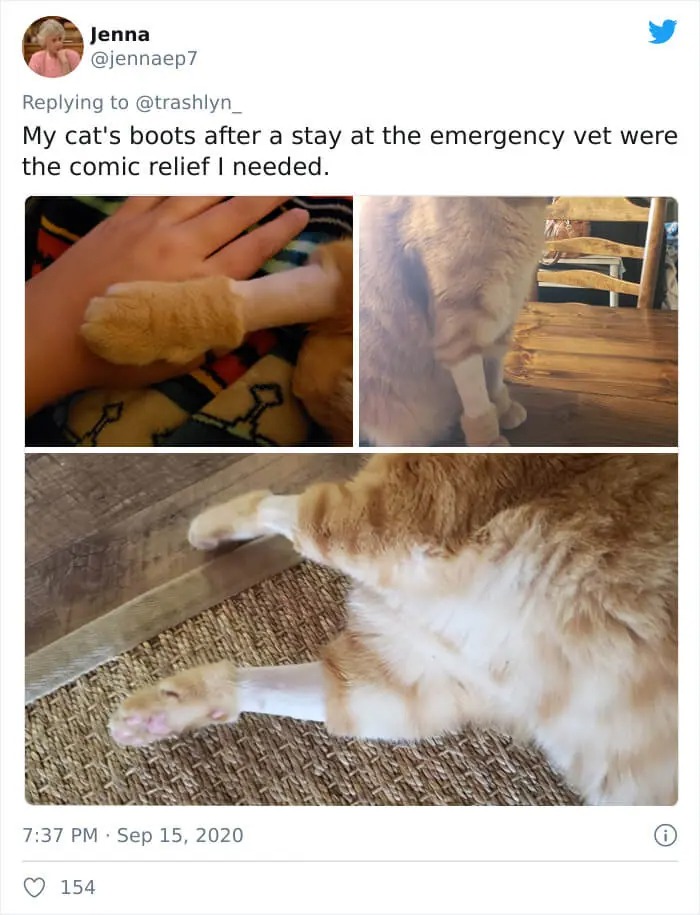
#12
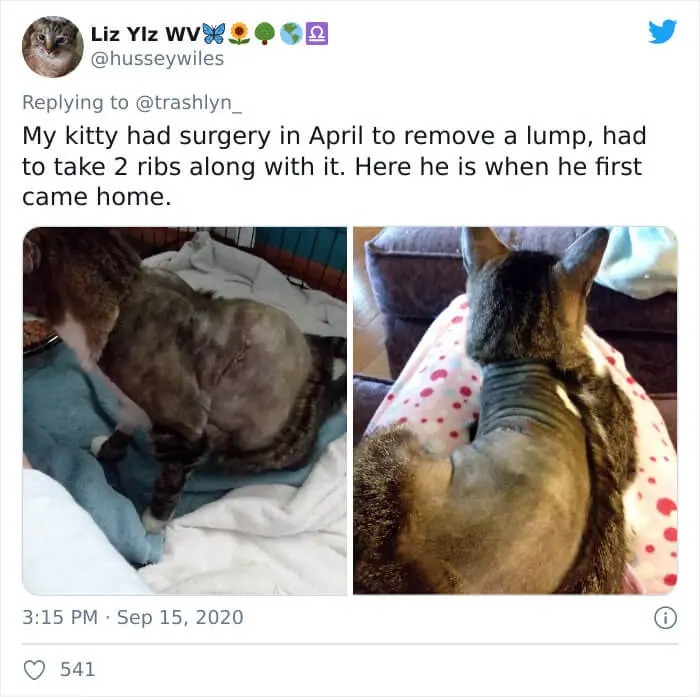
#13

#14
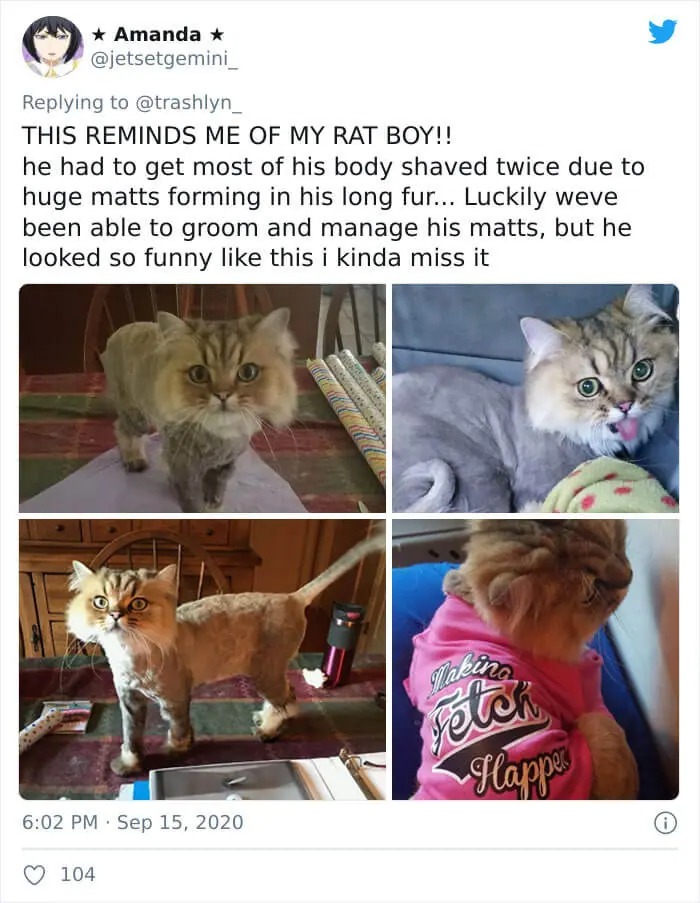
#15

#16
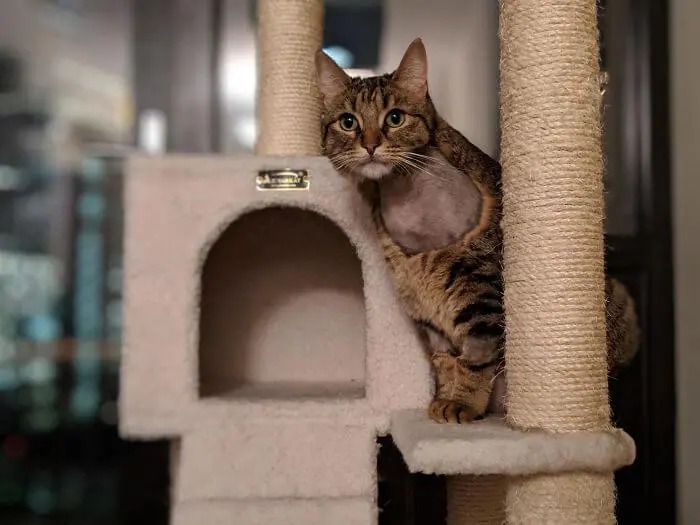
#17
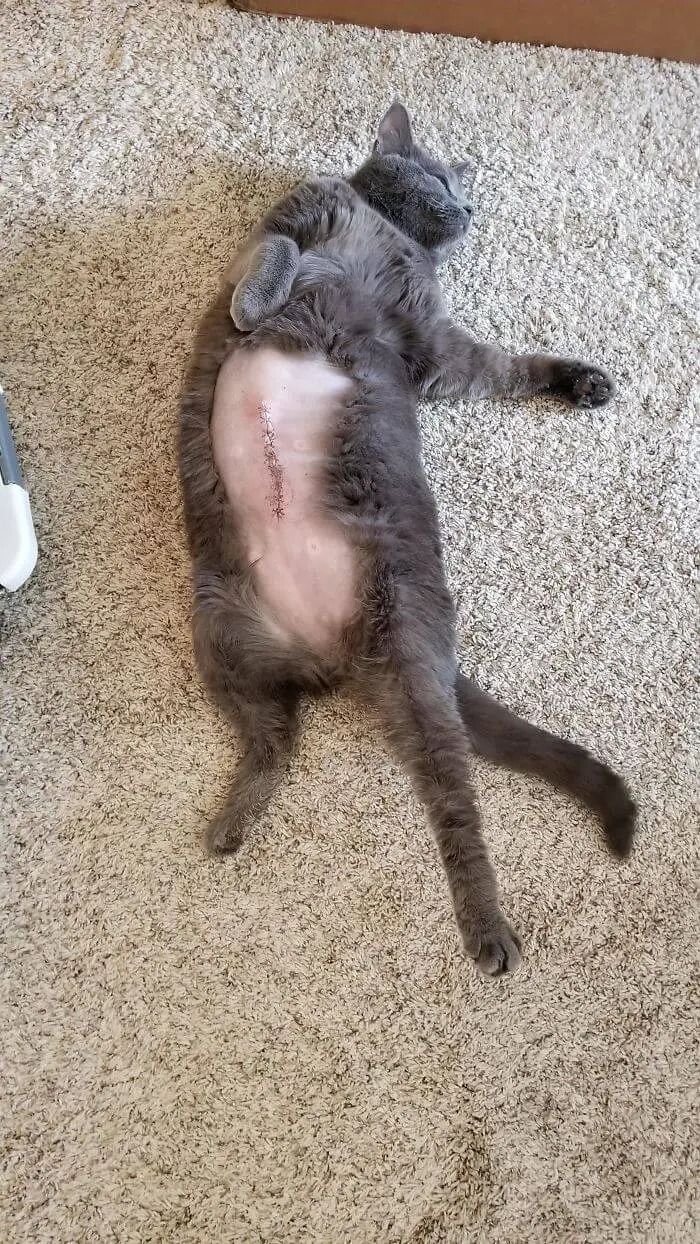
#18

#19
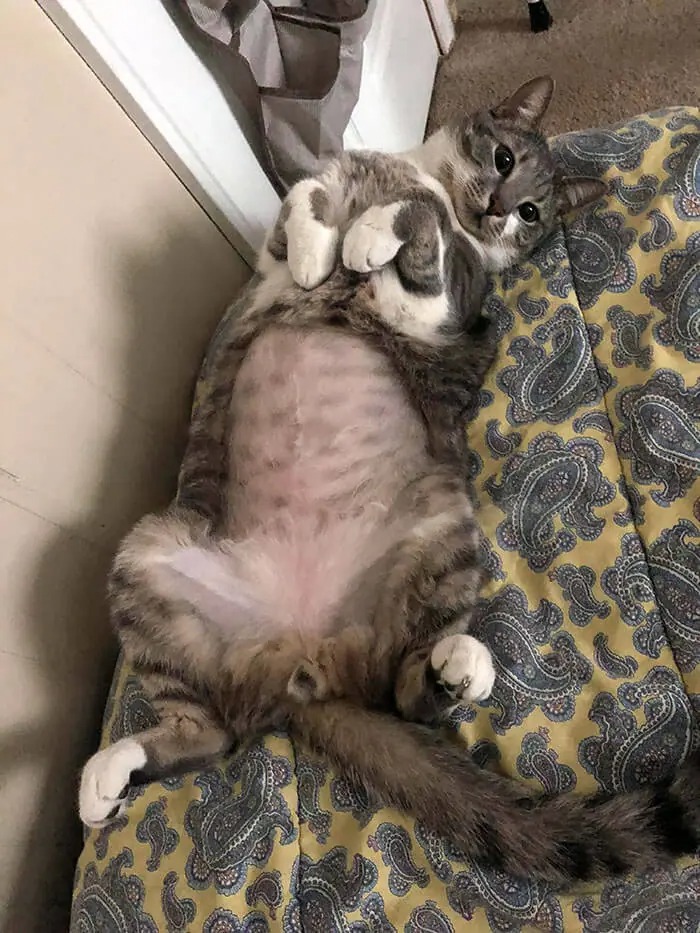
#20
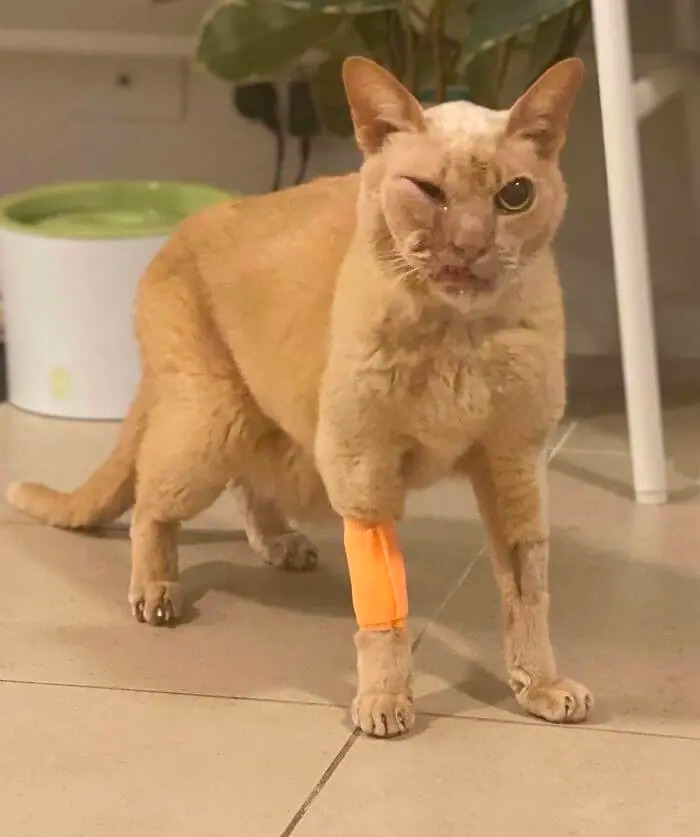
#21
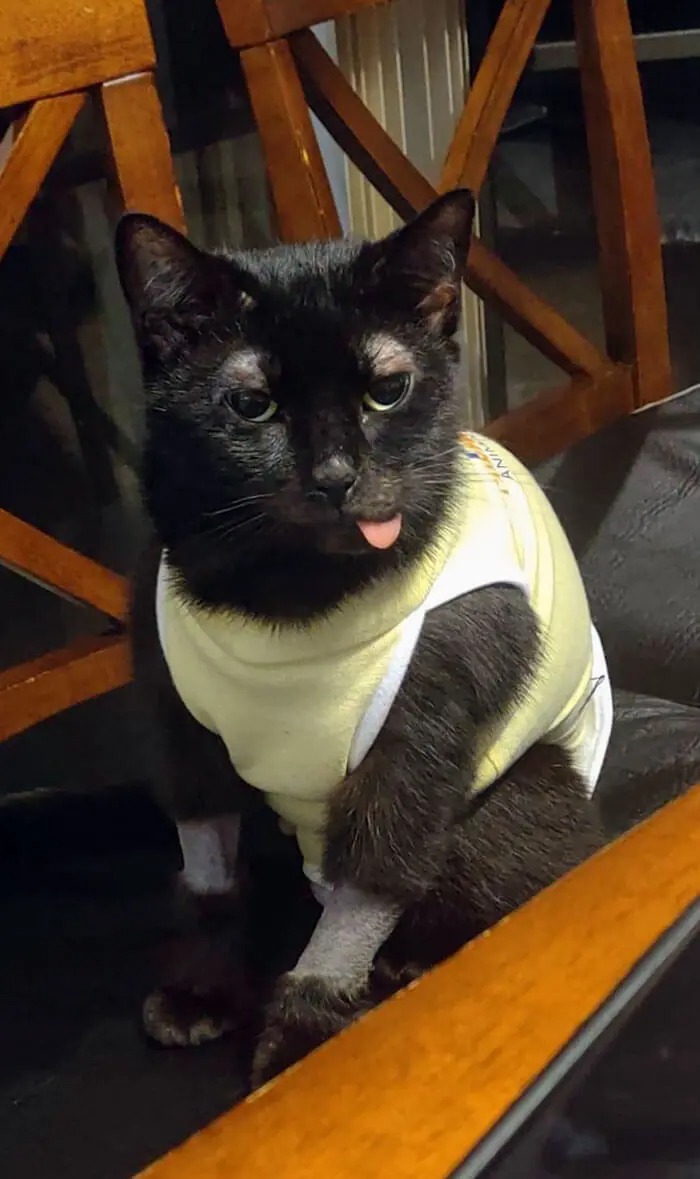
#22

#23
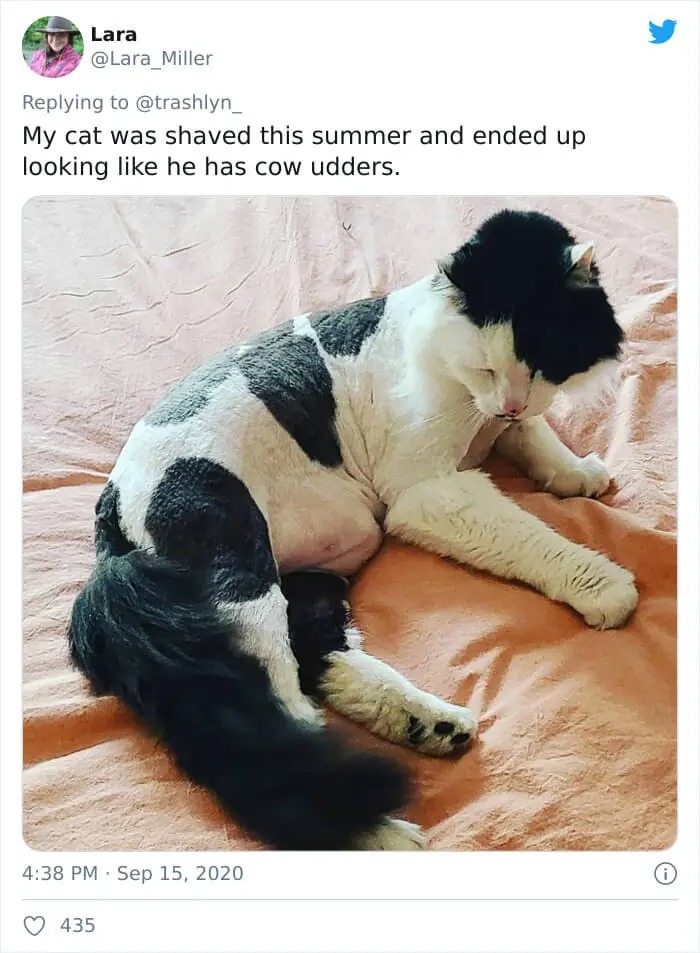
#24

#25
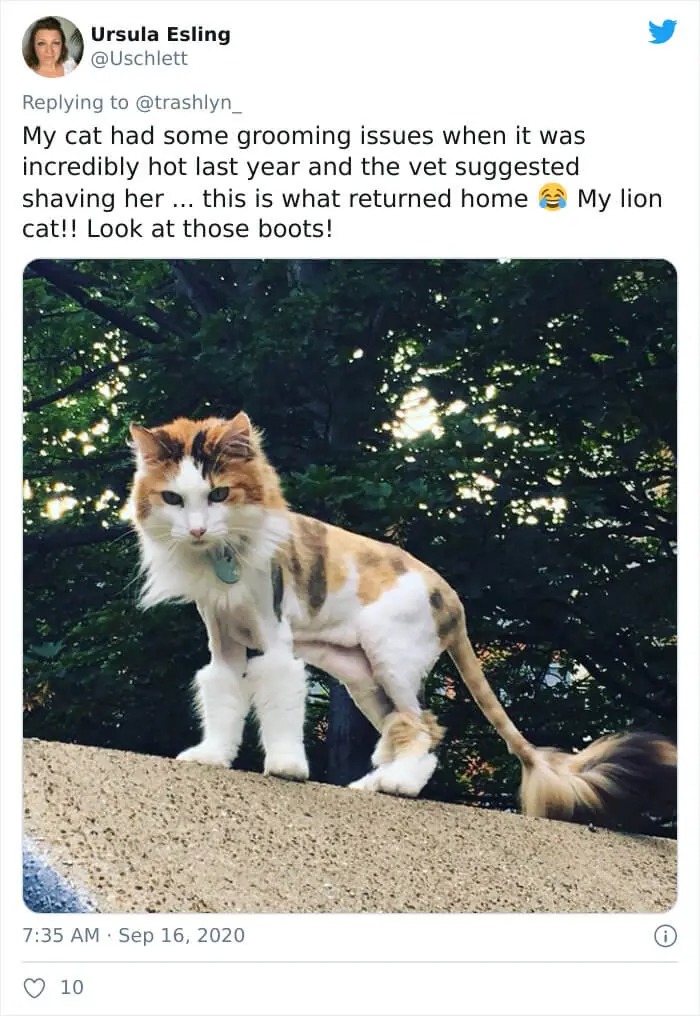
#26
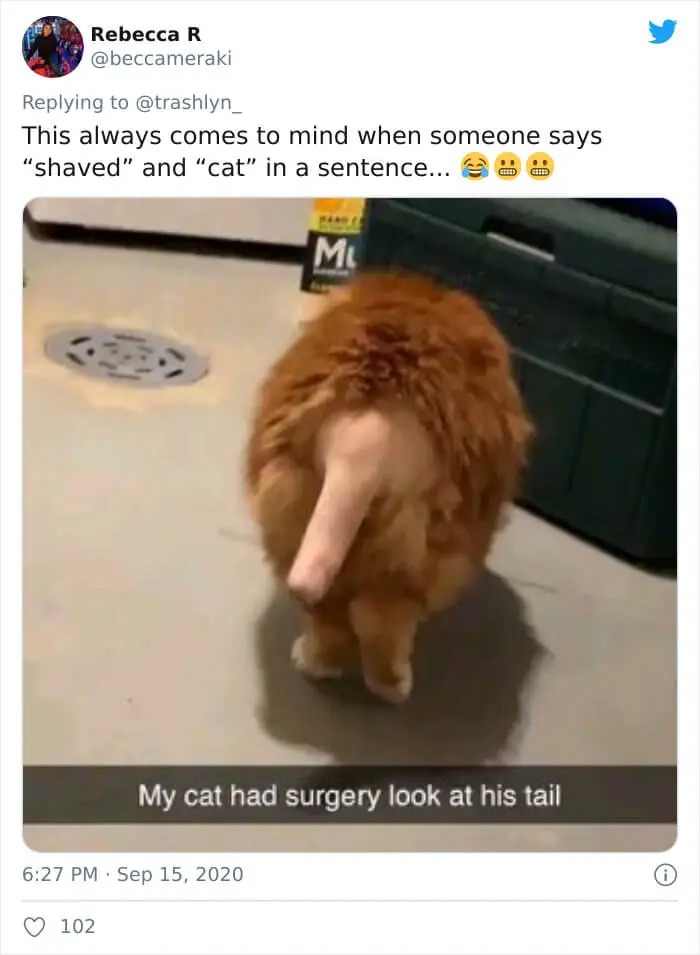
#27
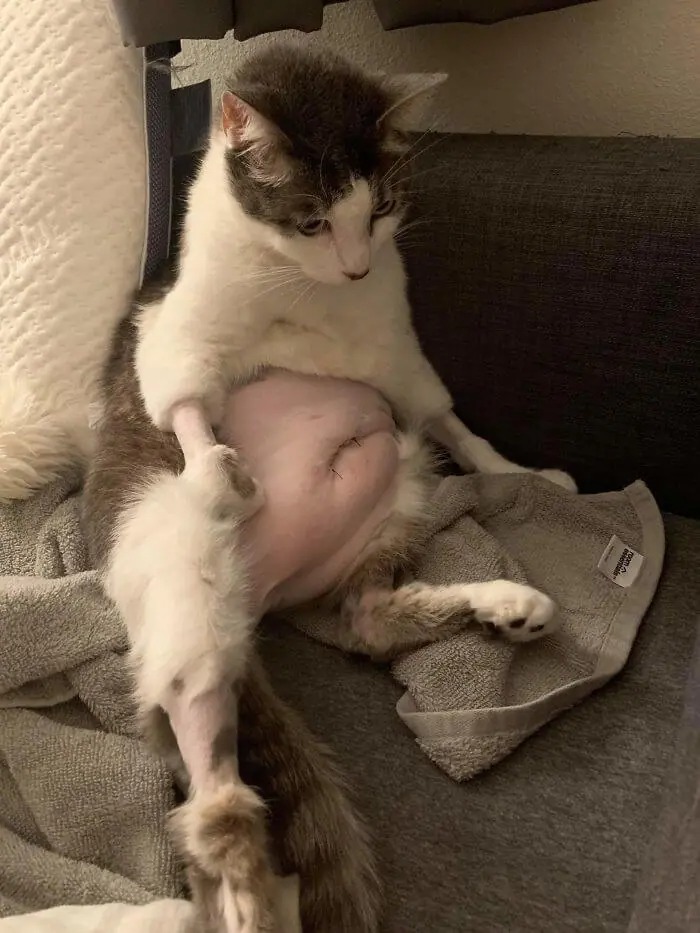
#28

#29
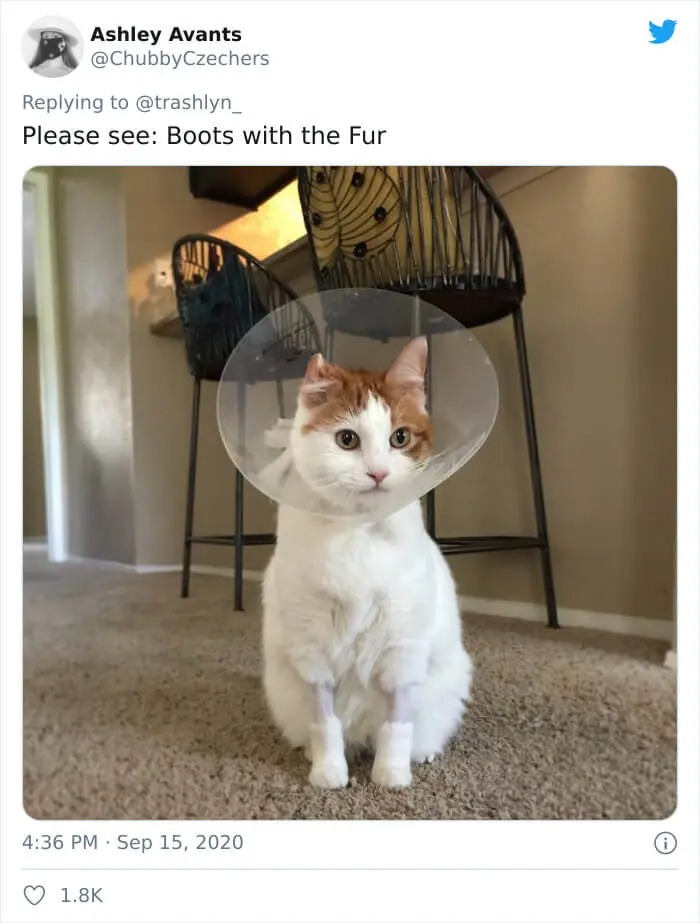
#30
